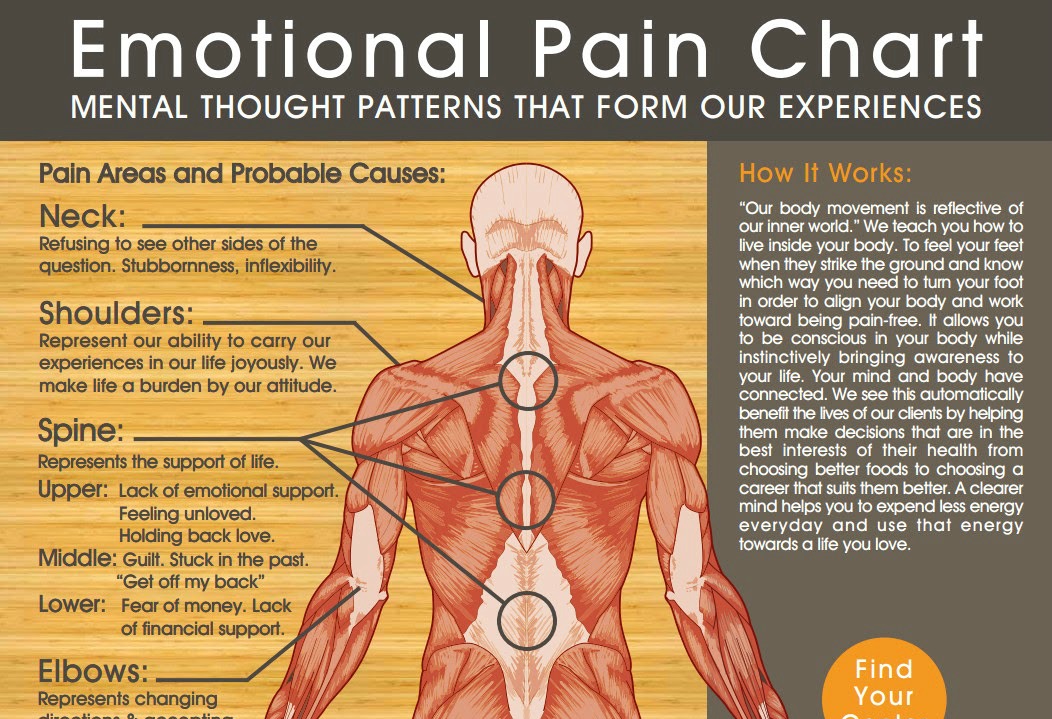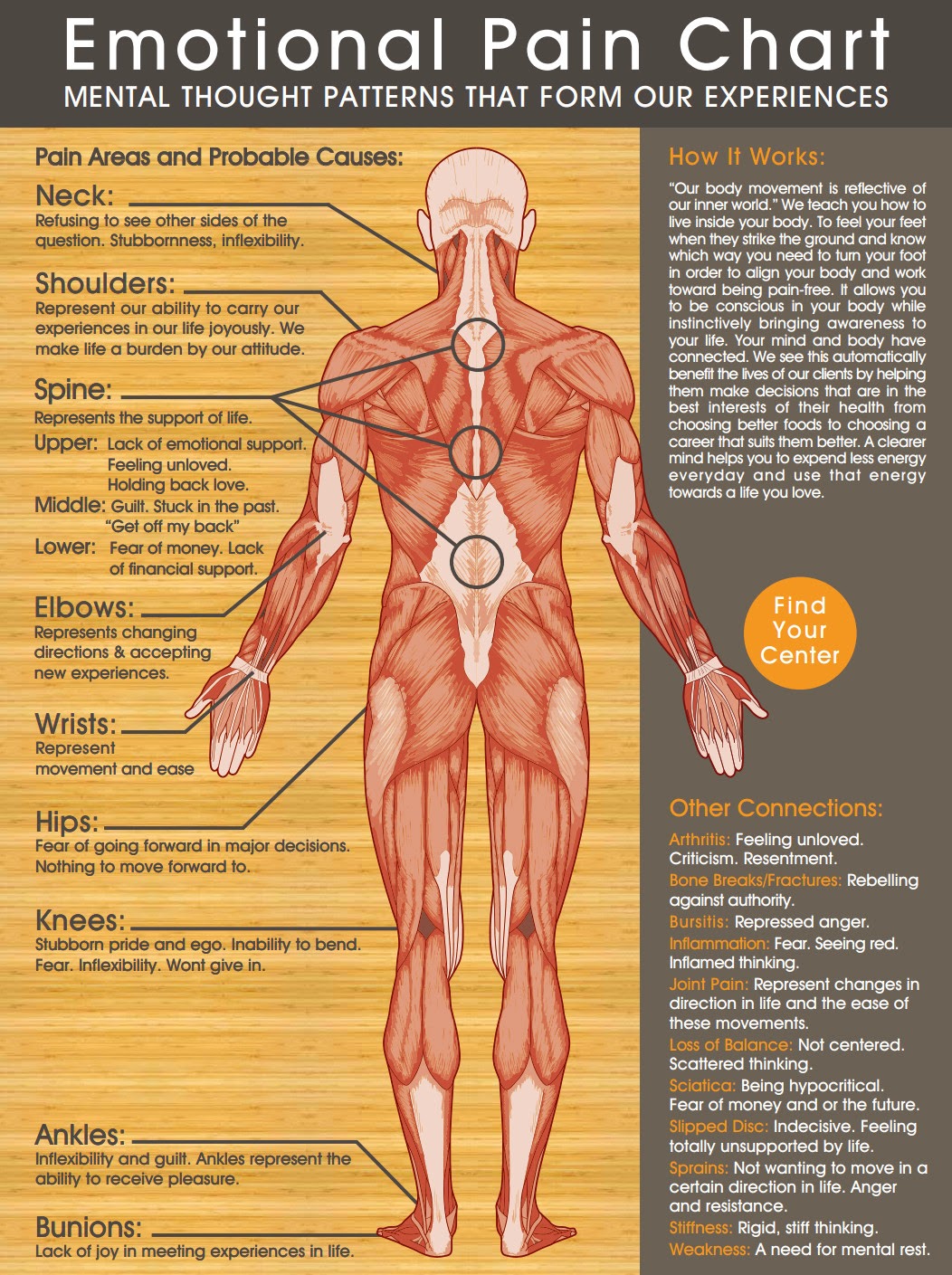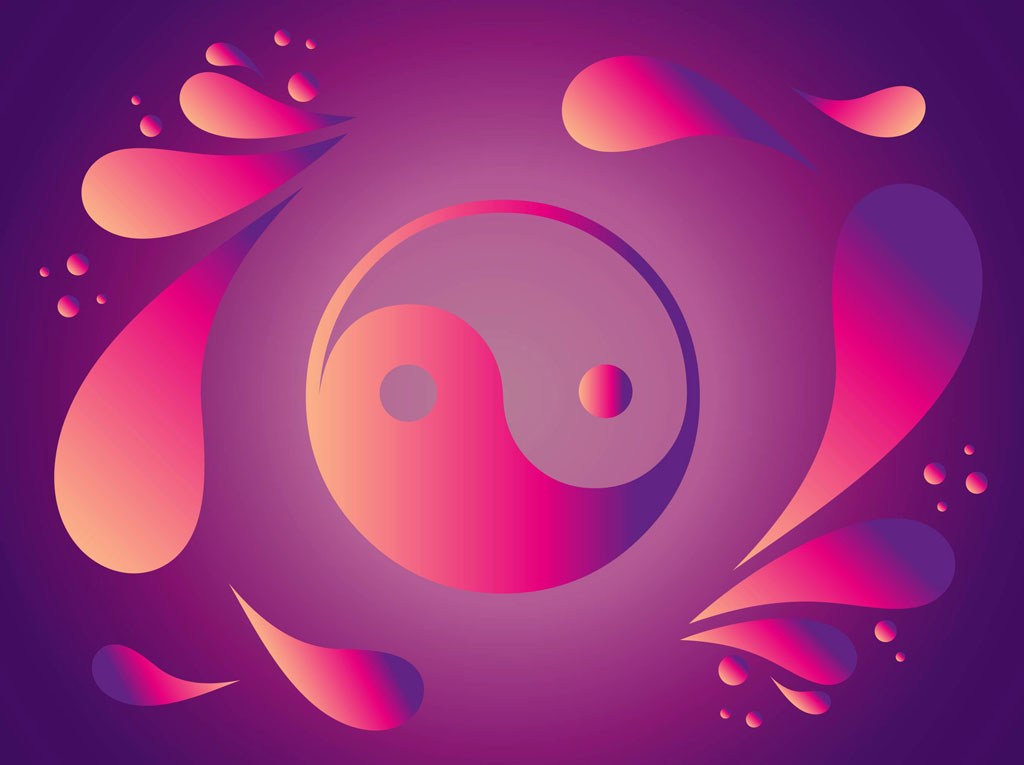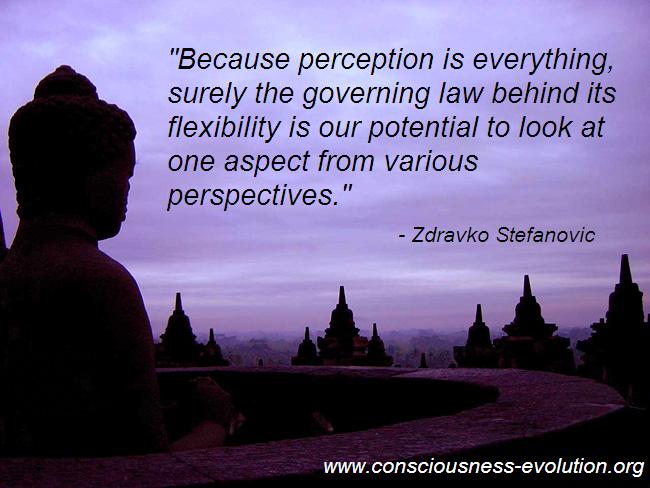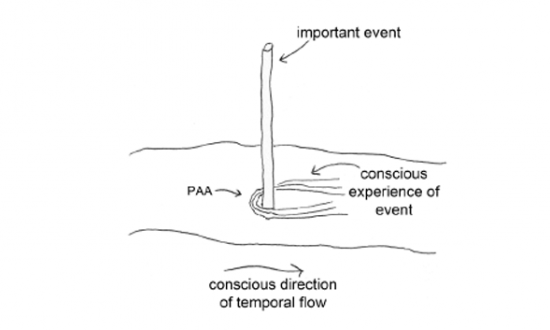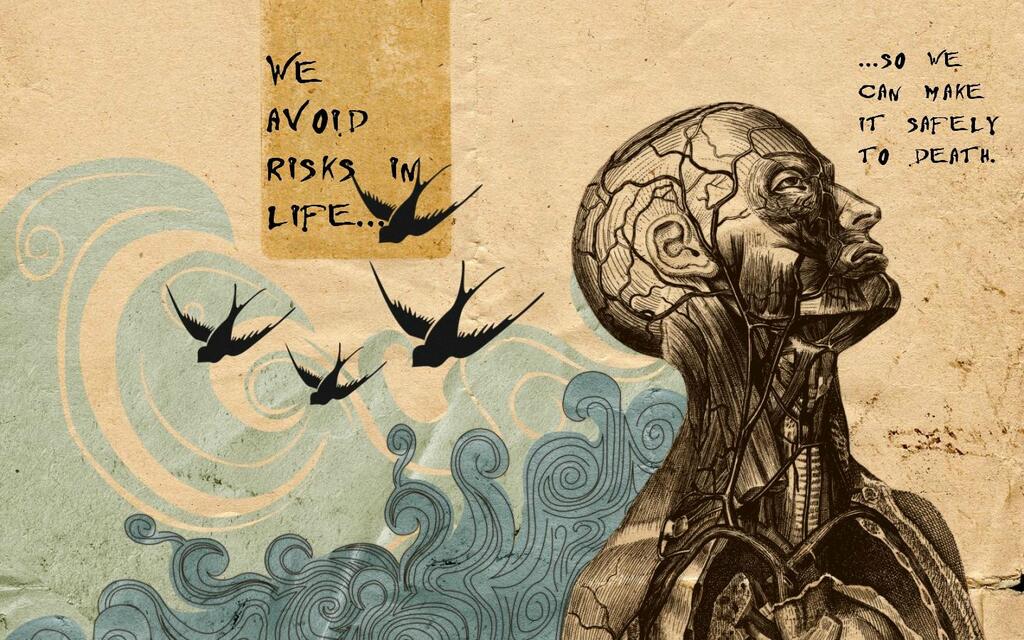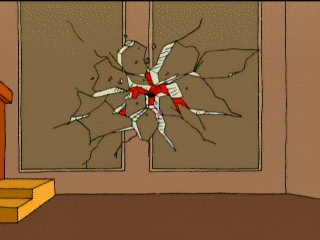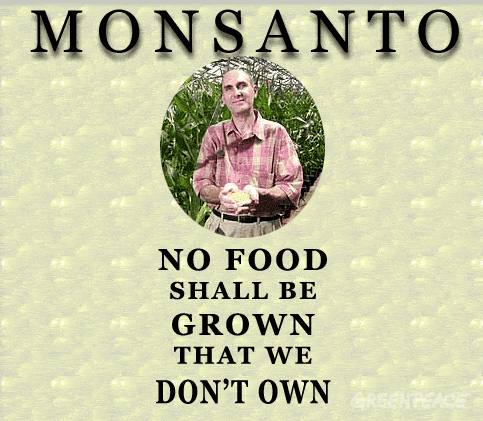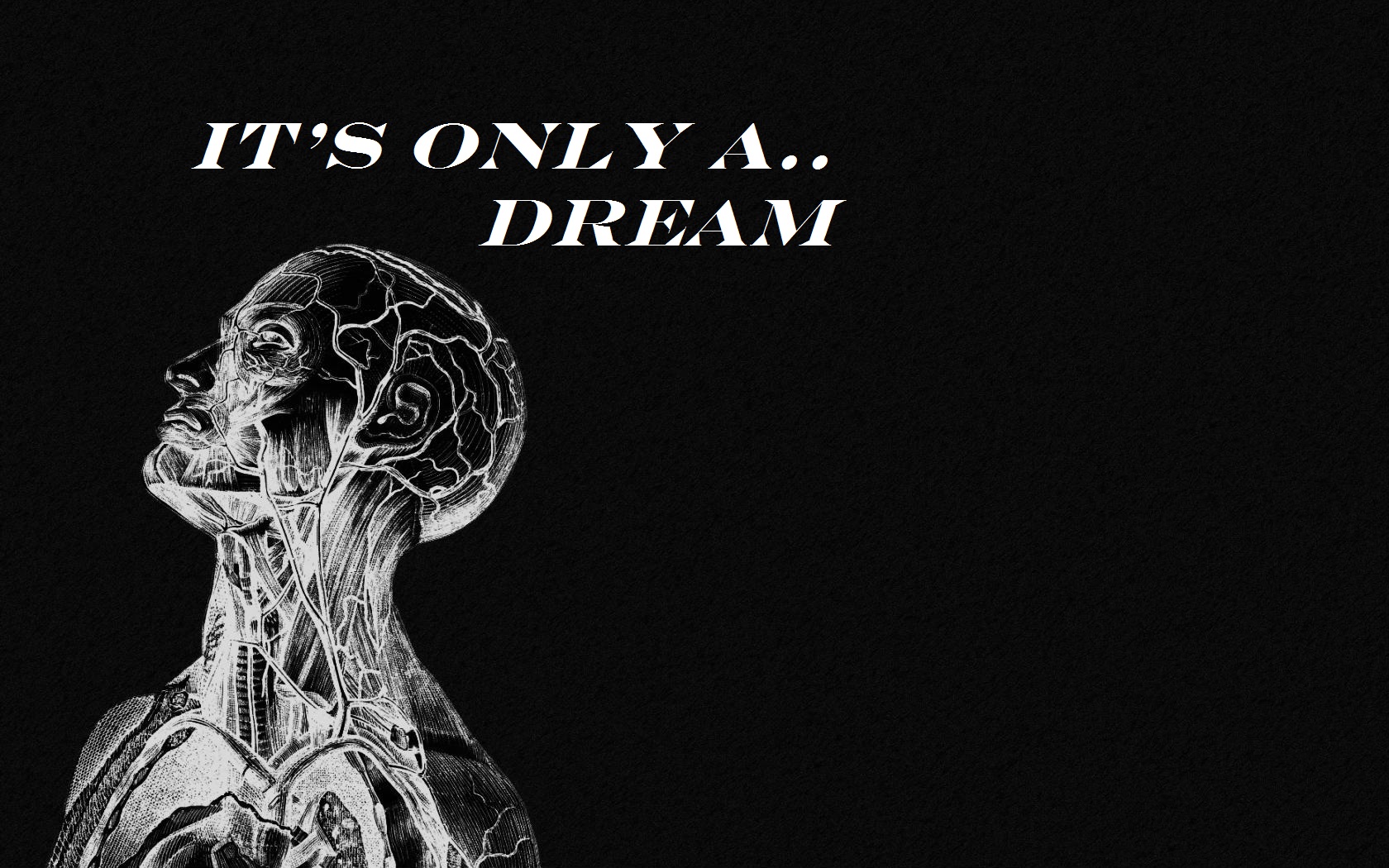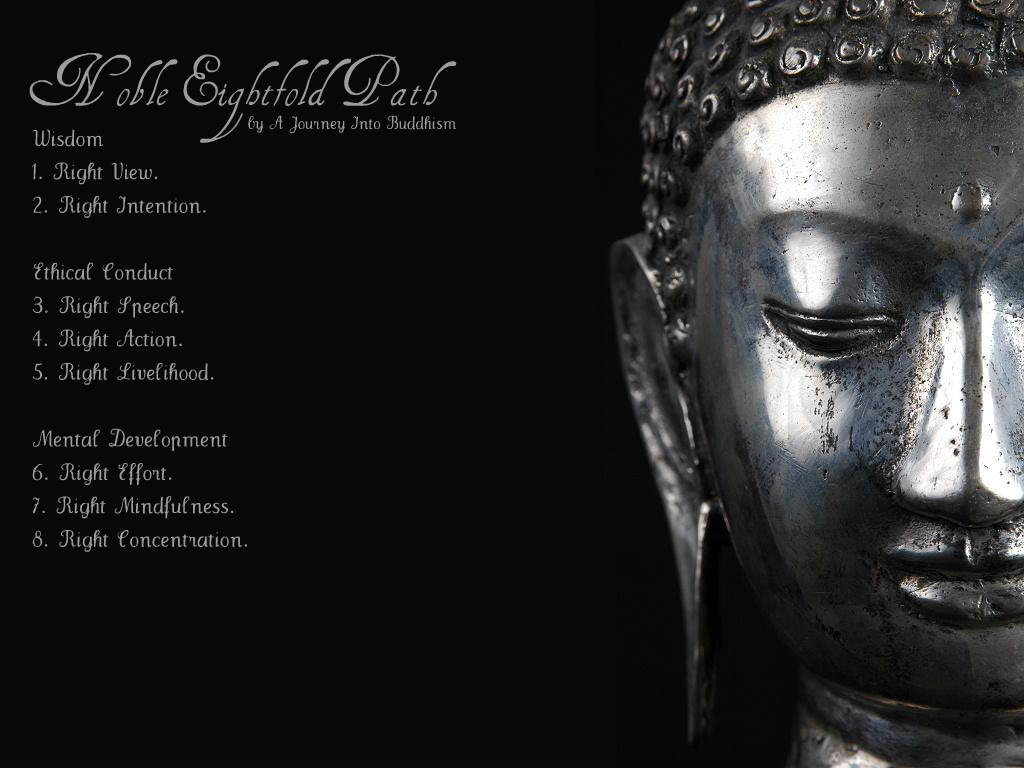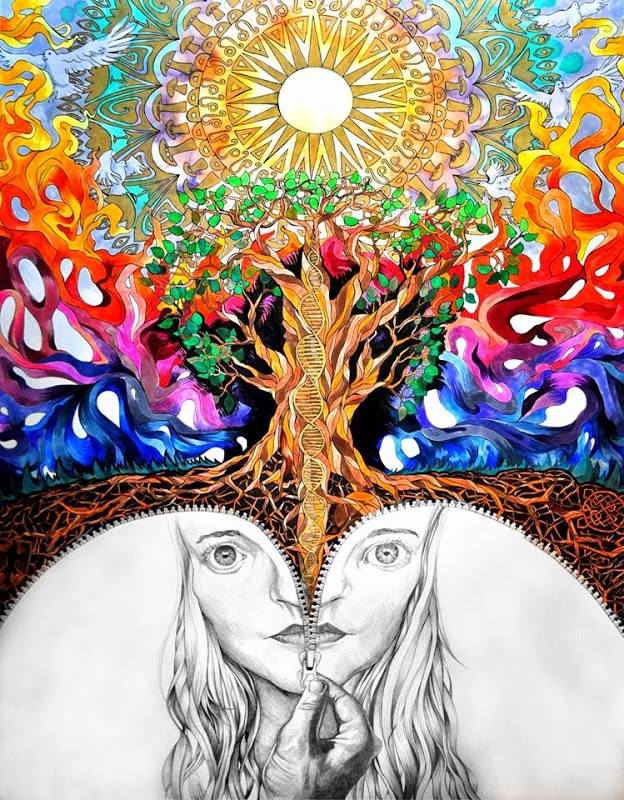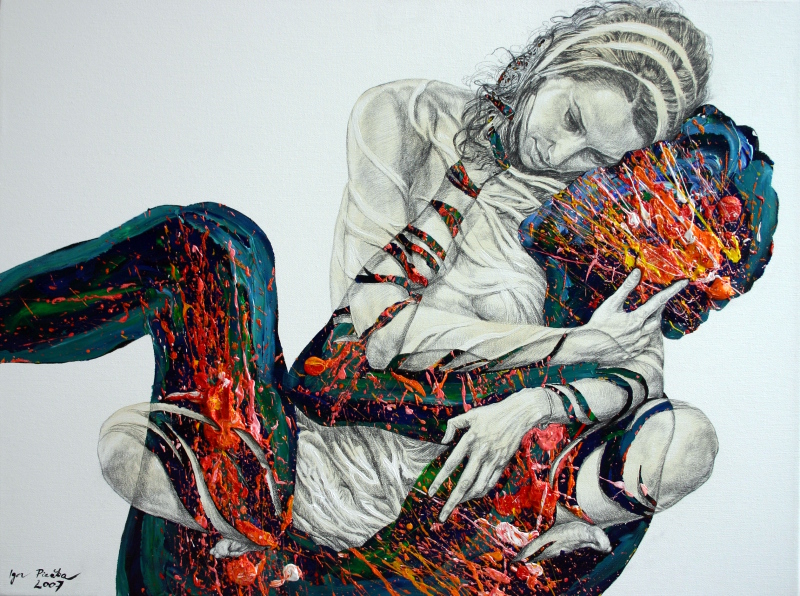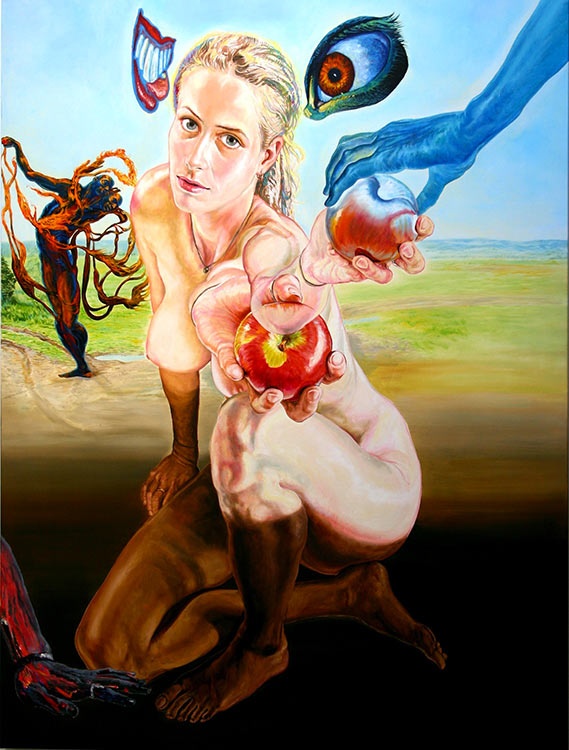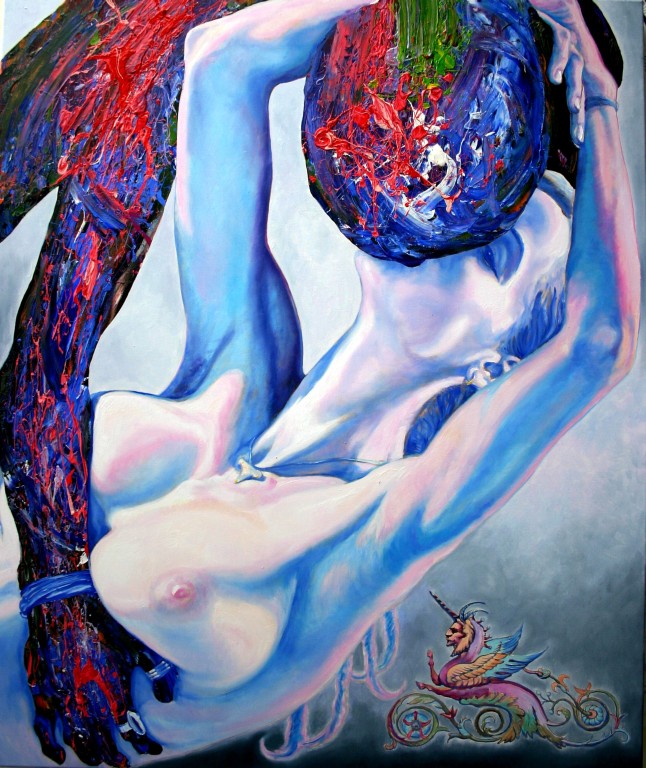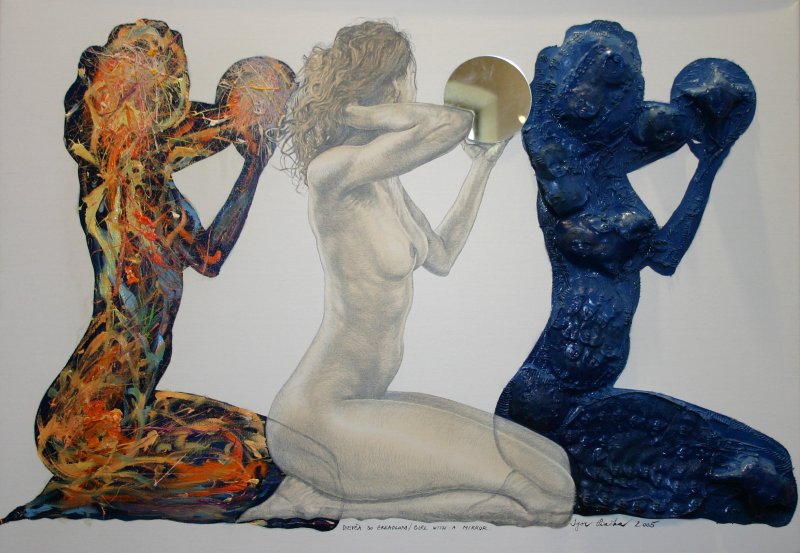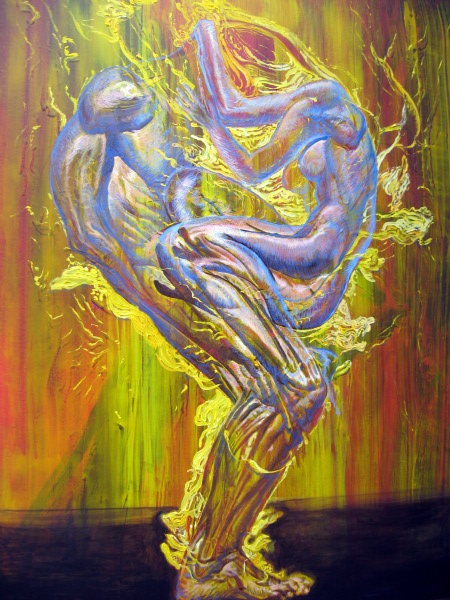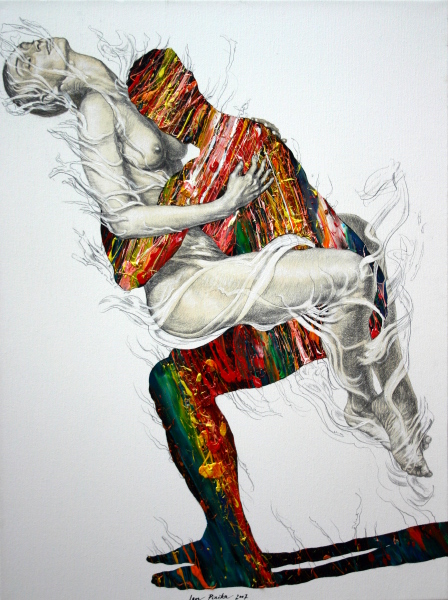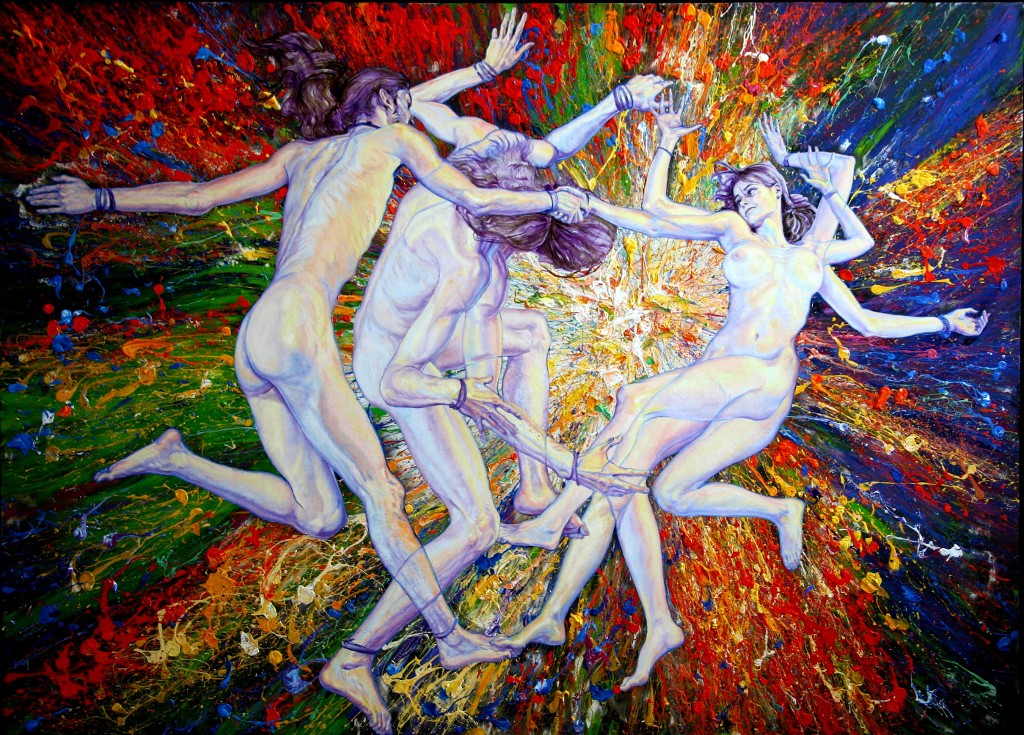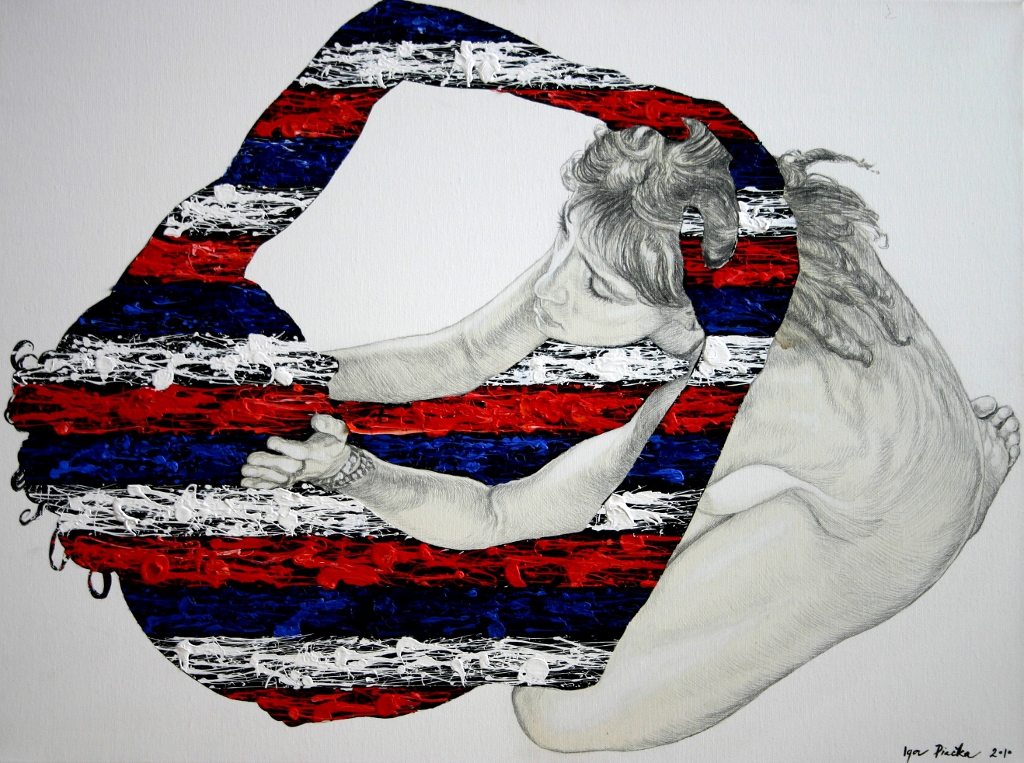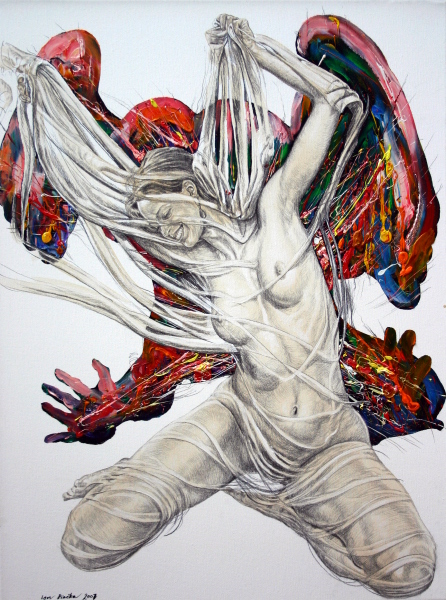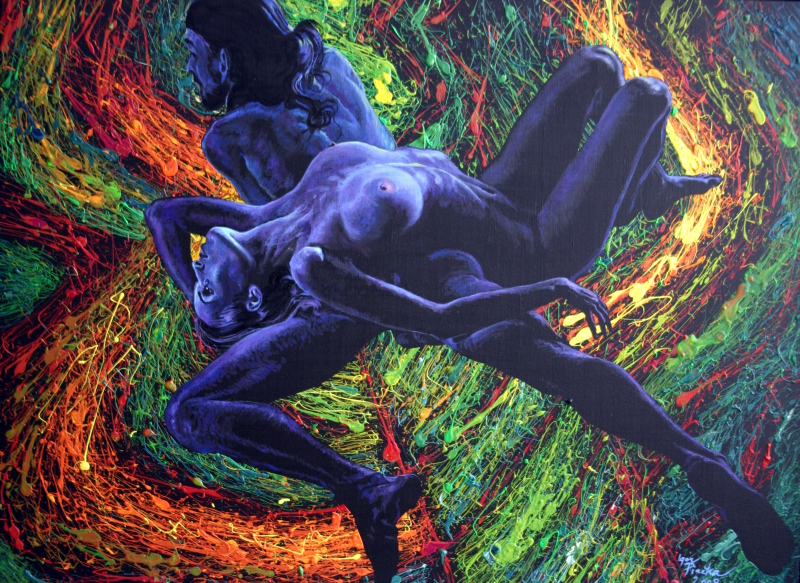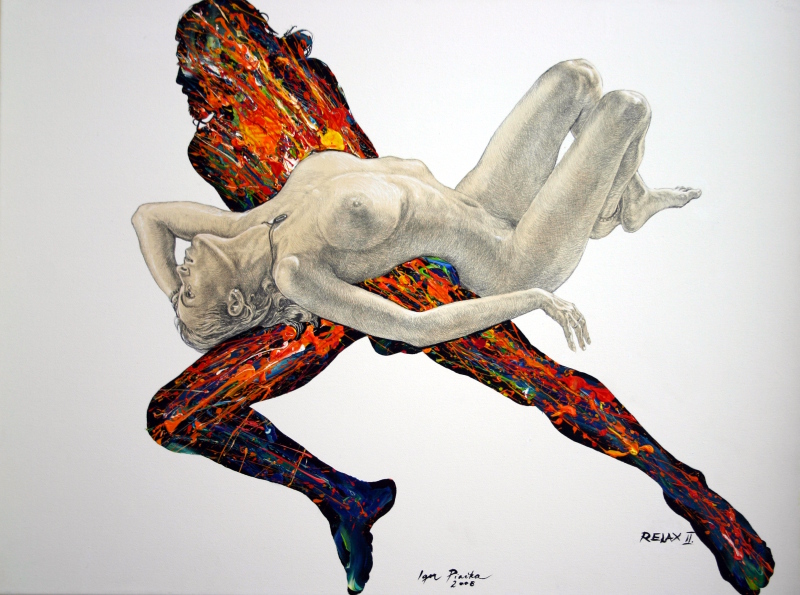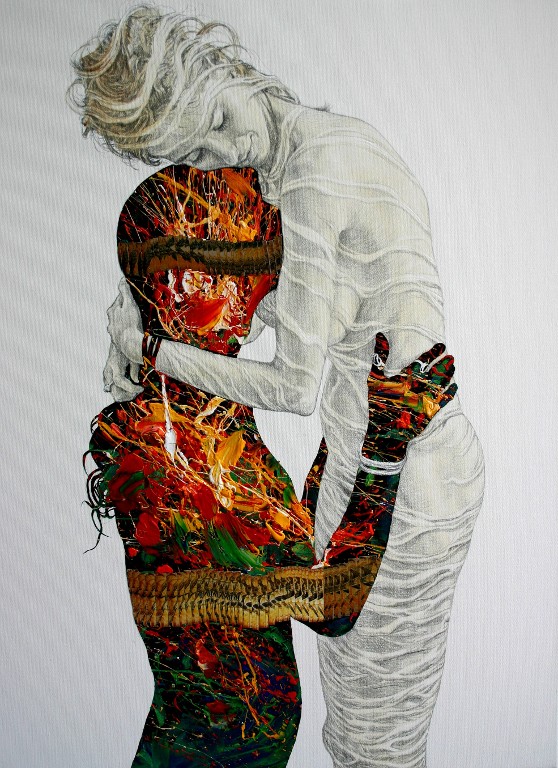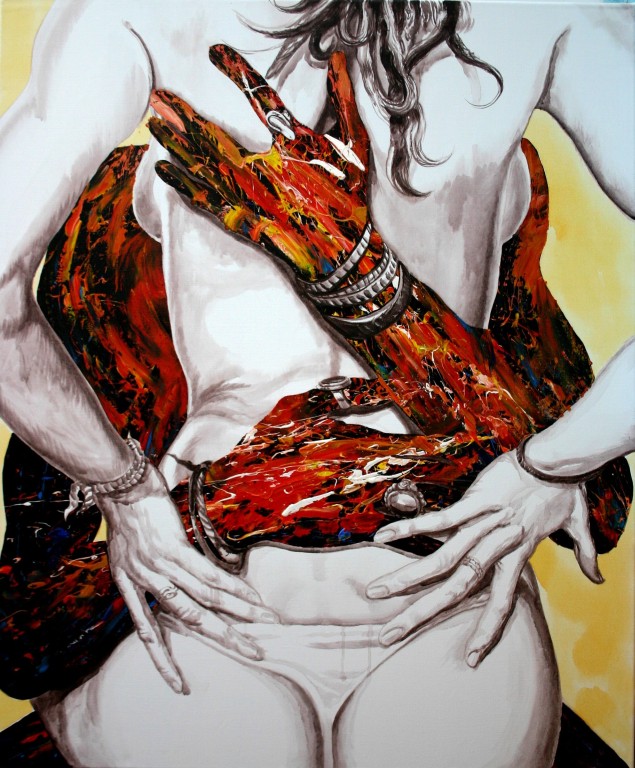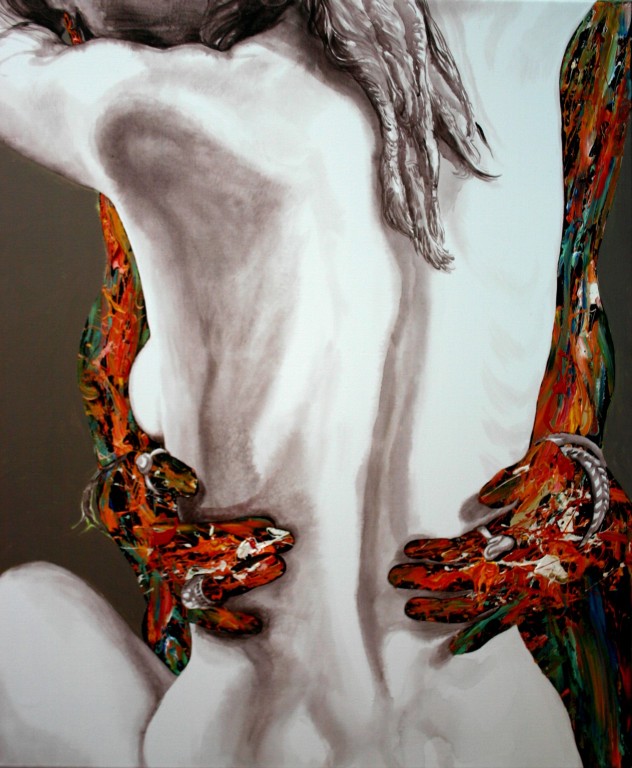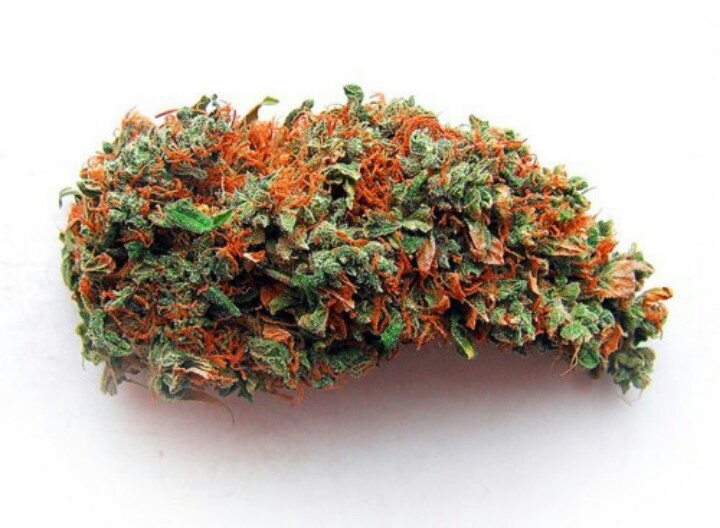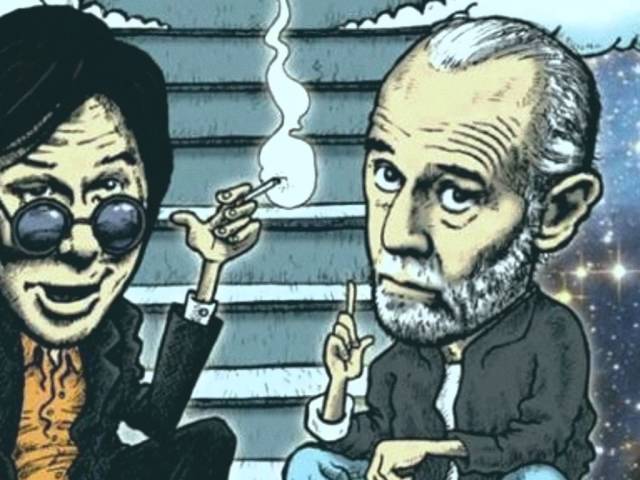Humans experience an array of emotions, from joy and severe depression and everything in between. Each one of these emotions create a distinct feeling in the body.
That’s why Power Poses can be such a great way to influence your brain’s release of chemicals.
That raises the question, what happens when we have negative thoughts consistently?
Positive or Negative Emotions, it’s All Perspective
Imagine yourself driving down the street when suddenly you are cut off, what happens next? Do you react in anger? Or do you simply apply the brake slightly and move on with your day.
The same experience can yield two very different results based on how we define our experience.
Tune Your Perception
With that in mind, we realize that positive or negative emotions are only defined as such by us.
This reminds me of a wonderful Zen Parable:
The Zen master Hakuin was praised by his neighbors as one living a pure life.
A beautiful Japanese girl whose parents owned a food store lived near him. Suddenly, without any warning, her parents discovered she was with child.
This made her parents very angry. She would not confess who the man was, but after much harassment at last named Hakuin.
In great anger the parents went to the master. “Is that so?” was all he would say.
After the child was born it was brought to Hakuin. By this time he had lost his reputation, which did not trouble him, but he took very good care of the child. He obtained milk from his neighbors and everything else the little one needed.
A year later the girl-mother could stand it no longer. She told her parents the truth – that the real father of the child was a young man who worked in the fishmarket.
The mother and father of the girl at once went to Hakuin to ask his forgiveness, to apologize at length, and to get the child back again.
Hakuin was willing. In yielding the child, all he said was: “Is that so?”
The Mind Body Connection
The unseen connection between your mind and body is very powerful and the effects your mind can have on your physical body are profound.
Our emotions and experiences are essentially energy and they can be stored in the cellular memory of our bodies. Have you ever experienced something in your life that left an emotional mark or pain in a certain area of your body? It is likely you have residual energy stuck in that area of your body that you have yet to acknowledge.
It’s all a learning and growing process that we don’t have to judge nor fear. Positive or negative thoughts, the choice is yours!
> Emotion Effects on our Health | Collective Evolution

